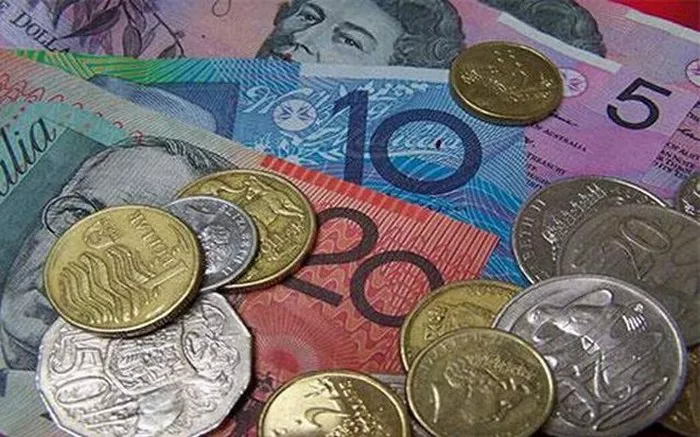The Australian dollar, symbolized by AUD, is the official currency of Australia and holds a prominent position in the country’s economy. As a widely recognized and respected currency, the Australian dollar plays a pivotal role in facilitating domestic and international trade, attracting investment, and contributing to the stability of Australia’s financial system. In this article, we will explore the history of the Australian dollar, its features, factors influencing its value, and its significance within the global economic landscape.
1. Historical Context:
The Australian dollar’s history dates back to 1966 when it replaced the Australian pound as the country’s official currency. The change was part of Australia’s transition to a decimal currency system. Since its introduction, the Australian dollar has become an integral part of the nation’s identity, representing its economic strength and international standing.
2. Symbol and Code:
The Australian dollar is denoted by the currency symbol “$” and is often abbreviated as AUD. The symbol “$” is shared with several other currencies, such as the United States dollar, but can be differentiated by the inclusion of the letters “AUD” to specify the Australian currency.
3. Denominations:
The Australian dollar is divided into smaller units, with coins and banknotes representing various denominations. Coins are available in denominations of 5, 10, 20, 50 cents, and one and two dollars. Banknotes are issued in denominations of five, ten, twenty, fifty, and one hundred dollars. Each banknote features distinct designs and elements that reflect Australia’s cultural heritage and achievements.
4. Legal Tender:
The Australian dollar is the sole legal tender in Australia, accepted for all transactions within the country. Australian businesses and individuals are required to accept Australian dollars as payment for goods and services, ensuring the stability and consistency of financial transactions across the nation.
5. Exchange Rates and International Value:
The value of the Australian dollar is determined by foreign exchange markets, where it is traded against other global currencies. Fluctuations in exchange rates occur due to various factors, including economic indicators, interest rates, market sentiment, and geopolitical events. The Australian dollar’s value relative to other currencies affects the cost of imports and exports, tourism, and foreign investment.
6. Factors Influencing Value:
The value of the Australian dollar is influenced by a range of factors, including domestic and global economic conditions. Key factors that can impact the currency’s value include interest rate differentials, inflation rates, economic growth, commodity prices, fiscal policies, and investor sentiment. Additionally, the stability of Australia’s financial system, political stability, and trade relationships with other countries can also influence the value of the currency.
7. Reserve Currency:
While not classified as a global reserve currency like the United States dollar or the euro, the Australian dollar is widely held by central banks around the world as part of their foreign exchange reserves. The currency’s stability, liquidity, and the strength of the Australian economy contribute to its appeal for global investors and central banks.
8. International Trade and Investment:
The strength and stability of the Australian dollar play a crucial role in facilitating international trade and attracting foreign investment. As a commodity-driven economy, Australia’s exports, such as minerals, agricultural products, and natural resources, are highly influenced by the exchange rate. A weaker Australian dollar can make exports more competitive, boosting the economy, while a stronger currency can affect import costs and overseas investment.
9. Relationship with the Reserve Bank of Australia:
The Reserve Bank of Australia (RBA) is the country’s central bank and plays a vital role in managing the Australian dollar. The RBA’s monetary policies, including interest rate decisions, influence the currency’s value and aim to achieve price stability and sustainable economic growth. The RBA’s interventions in the foreign exchange market may also occur to address extreme volatility or to achieve specific policy objectives.
Conclusion:
The Australian dollar serves as the backbone of Australia’s financial system, facilitating domestic and international transactions and contributing to the nation’s economic stability. As a widely recognized currency, the Australian dollar’s value is influenced by a combination of domestic and global economic factors, interest rates, market sentiment, and investor confidence. The currency’s strength impacts international trade, investment, and the overall competitiveness of the Australian economy. With its unique features, rich history, and significant role within the global financial system, the Australian dollar continues to play a vital part in Australia’s economic growth and prosperity.


